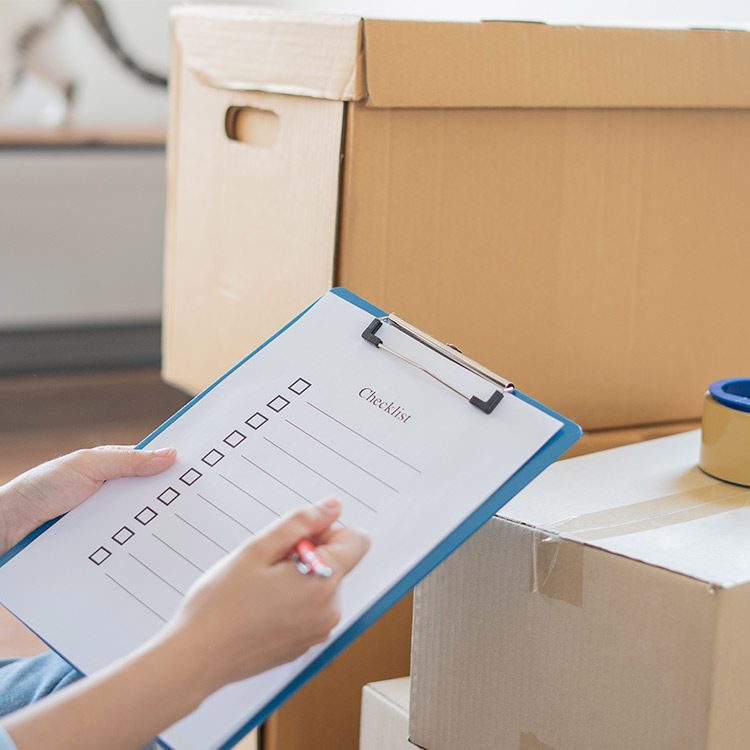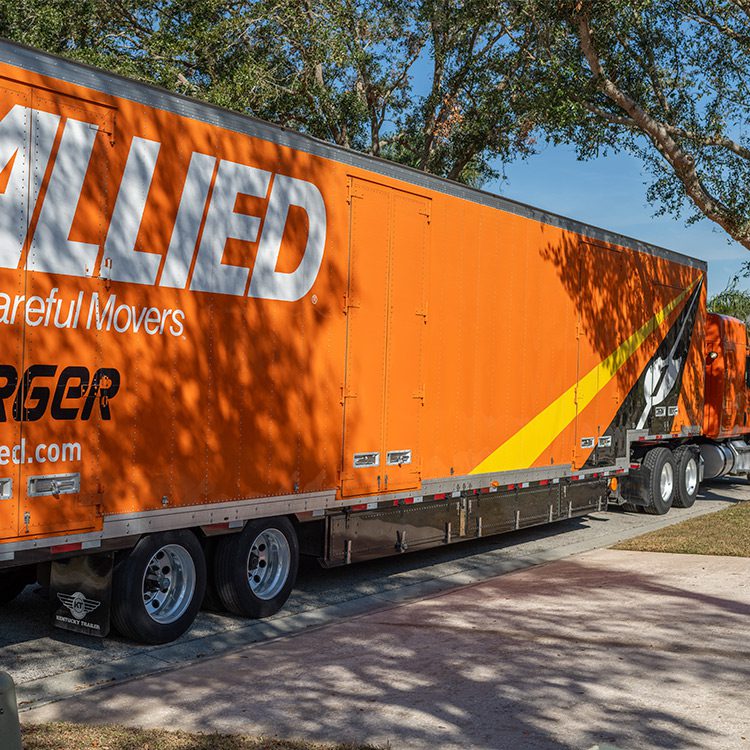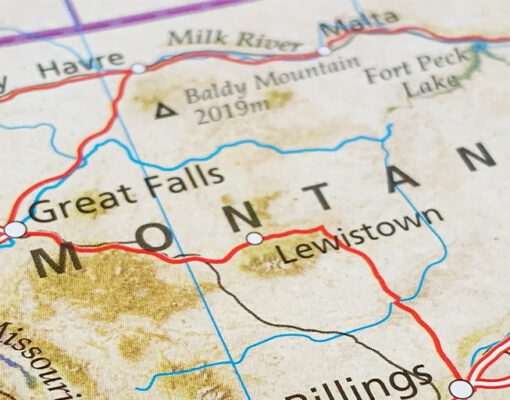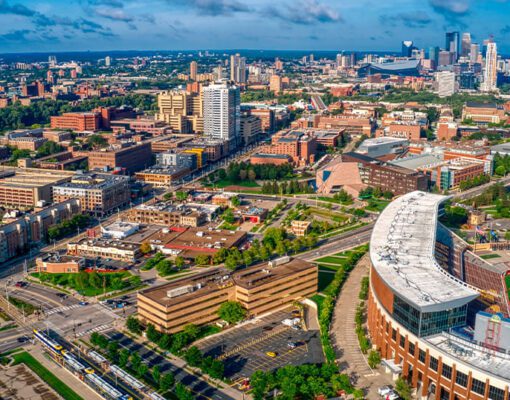
Smooth Transitions: Your 2025 Guide to Moving from Minnesota to Oregon
April 30, 2025
In recent years, a growing number of Minnesotans have been trading their snow shovels for raincoats and heading west to Oregon. This migration trend continues to gain momentum in 2025, as more Midwesterners discover the unique benefits of life in the Beaver State. The appeal is multifaceted and compelling for those seeking change. This comprehensive guide will help you navigate every aspect of your move from Minnesota to Oregon. From practical considerations, such as cost of living and weather considerations, to logistical details of the move itself, we’ll provide expert advice to ensure your journey west is as smooth as possible. With Piepho Moving & Storage’s experience in long-distance relocations, you’ll have a trusted partner for your cross-country adventure.
Minnesota vs. Oregon: A Comprehensive Comparison Understanding the key differences between Minnesota and Oregon can help you make an informed decision and prepare for your new life in the Pacific Northwest. From financial considerations to lifestyle shifts, here’s what you need to know before making your move. The lower cost of living based on daily expenses is a first advantage for many to move to Oregon: Comparing more aspects of Minnesota and Oregon:
| Category | Minnesota | Oregon |
| Cost of Living | Lower median home price than Oregon | Higher median home price ($554,888); Portland: ~$539,500; Medford: ~$400,000 |
| State sales tax applies | No state sales tax: Saving on expenses | |
| Lower state income tax rates: Depending on income | High state income tax (4.75%–9.9%) | |
| Climate | Harsh, snowy winters; humid summers | Milder winters in west; rain-heavy in places like Astoria (>70”); drier in the east (e.g., Bend) |
| Predictable seasonal shifts | Summers in the 80s–90s, with occasional wildfire smoke. Significant contrast to humidity in MN | |
| Lifestyle & Culture | Traditional heartland fare and car-centric living | Environmentally conscious; bike-friendly (400+ miles in Portland); gas station attendants |
| Traditional Midwestern cuisine | Farm-to-table dining; local specialties like hazelnuts, wines, seafood | |
| Outdoor Recreation | Known for its 10,000 lakes | Diverse landscapes: coastlines, mountains, forests, deserts |
| Flat terrain | Varied topography: Crater Lake, Mount Hood, Willamette Valley vineyards | |
| Lakeside recreation | Hiking, skiing, wine tasting, and water activities in varied ecosystems |
Planning Your Move: Essential Considerations

A successful Minnesota to Oregon relocation begins with meticulous planning months before your moving date. For a 2025 move, start your preparations at least 3-4 months in advance to secure the best long-distance moving companies and rates. Consider Oregon’s seasonal patterns—summer moves offer better weather but higher demand, while winter relocations may face rain challenges on the west side of Oregon but potentially lower costs.
Create a comprehensive moving budget
To avoid financial surprises during your relocation, it’s essential to plan your budget thoroughly.
- Go beyond the basic moving company quote.
- Include travel costs, temporary housing (if needed), and insurance for belongings.
- Request detailed estimates from multiple movers to compare services.
- Long-distance moves can have hidden costs—build in a 10–15% financial buffer.
✅ Moving Budget Checklist
Budget Planning
- Request detailed estimates from multiple moving companies
- Include travel costs (fuel, airfare, etc.) in your budget
- Factor in temporary housing or hotel stays if needed
- Add insurance for belongings during transit
- Build in a 10–15% financial buffer for unexpected expenses
Pack effectively with the right supplies
Efficient packing not only protects your belongings but also streamlines the entire moving process. Determine the number and type of boxes before starting to pack.
- Estimate the box needs based on home size:
o 10–20 book boxes
o 15–25 medium boxes
o Around 10 large boxes
- Specialty containers for wardrobes, dishes, and more.
- Start packing room by room, beginning with seasonal or rarely-used items.
- Clearly label each box with:
o Contents
o Destination room
o Handling instructions like “FRAGILE” or “THIS END UP”
✅ Moving Packing Checklist
Packing Essentials
Estimate the box needs based on home size:
- 10–20 book boxes
- 15–25 medium boxes
- Around 10 large boxes
- Specialty boxes (wardrobes, dishes, etc.
- Label each box with:Contents
- Destination room
- Handling instructions (“FRAGILE”, “THIS END UP”)
Use the move as an opportunity to declutter
Moving is the perfect time to reassess what you truly need, especially when relocating to a new climate and lifestyle, such as Oregon’s.
- Evaluate belongings with Oregon’s climate and lifestyle in mind:
o Western Oregon’s mild winters may not require heavy winter gear.
o Outdoor gear will be useful in the state’s recreation-rich environment.
- Measure furniture and assess fit for the new space.
- Reduce shipping volume to cut costs.
- Sell, donate, or dispose of items not coming with you, well in advance of moving day.
✅ Moving Declutter Checklist
Decluttering Before the Move
Reevaluate winter gear (especially for western Oregon’s mild climate)
Keep useful outdoor equipment for Oregon’s recreation-friendly lifestyle
Measure large furniture to ensure it fits in your new space
Reduce overall volume to minimize shipping costs
Organize a garage sale or list unwanted items for donation/disposal
The Moving Process: Tips for a Seamless Transition

Once you’ve finalized your plans to trade Minnesota’s lakes for Oregon’s mountains, selecting the right moving company is of great importance.
- Expertise: For long-distance relocations, expertise matters significantly.
- Interstate authority: Look for movers with interstate authority, verified through a USDOT number.
- Reputation: Check their reputation through the Better Business Bureau and online reviews.
- Estimates: Request detailed written estimates from at least three companies, ensuring they have conducted virtual or in-person surveys of your belongings to ensure accuracy.
Companies like Piepho Moving & Storage, with over 70 years of experience as Allied Van Lines agents, specialize in cross-country moves from the Twin Cities to destinations throughout Oregon.
Tipping of Moving Crew
Understanding tipping etiquette helps build positive relationships with your moving crew during this crucial transition. While gratuities aren’t mandatory, they are appreciated for exceptional service. The industry standard ranges from $4-6 per person per hour based on performance. For example, with a three-person crew working an eight-hour day, tips would range from $32 to $48 per mover. Consider tipping more for exceptional service or when dealing with challenging conditions, such as navigating narrow staircases or handling specialty items. You can either provide individual tips directly to crew members or give the lump sum to the foreman to distribute.
Settling into Life in Oregon: Key First Steps

Adjusting to a new state means handling essential legal tasks and finding ways to connect with your new community. Here’s what to focus on after your move to Oregon.
Take Care of Legal and Administrative Tasks
Apply for an Oregon driver’s license and register your vehicle within 30 days of establishing residency
Visit a local DMV office with:
o Proof of identity
o Proof of Oregon residency
o Your current driver’s license
Register to vote at least 21 days before an election:
o Online via My Vote
o By mail
o At your county elections office
Explore health coverage options:
o Check eligibility for the Oregon Health Plan
Familiarize yourself with Oregon’s tax system:
o No sales tax
o Higher income tax rates (4.75% to 9.9%)
Build Community Connections
Attend local cultural events and festivals, such as:
o The Oregon Shakespeare Festival in Ashland
o Portland’s Rose Festival
Participate in outdoor groups and clubs:
o Hiking clubs
o Biking groups in Oregon’s cyclist-friendly cities
Use these events and activities as opportunities to meet locals and explore your new surroundings
Departure Day

Before departure day, complete a final checklist to ensure nothing falls through the cracks.
Pack essential documents in a special box or folder you’ll keep with you: birth certificates, passports, financial records, medical information, and moving contracts.
Prepare a “first week” box containing immediate necessities: toiletries, medication, basic kitchen supplies, phone chargers, and appropriate clothing for Oregon’s climate.
Contact utilities for both your Minnesota departure and Oregon arrival to schedule disconnections and connections, preventing service gaps.
Consider creating a dedicated moving fund for unexpected expenses; even the best-planned moves often encounter unexpected costs.
With thorough preparation and professional assistance, your transition from Minnesota to Oregon can be as smooth as the Willamette Valley’s renowned pinot noir. Let Piepho Moving & Storage make your transition seamless and stress-free. With decades of experience, we provide comprehensive moving solutions tailored to your specific needs, ensuring that your belongings are handled with care at every step. From packing and storage to transportation, our expert team is committed to delivering exceptional service. Start your Oregon adventure with confidence—get a free quote today.




